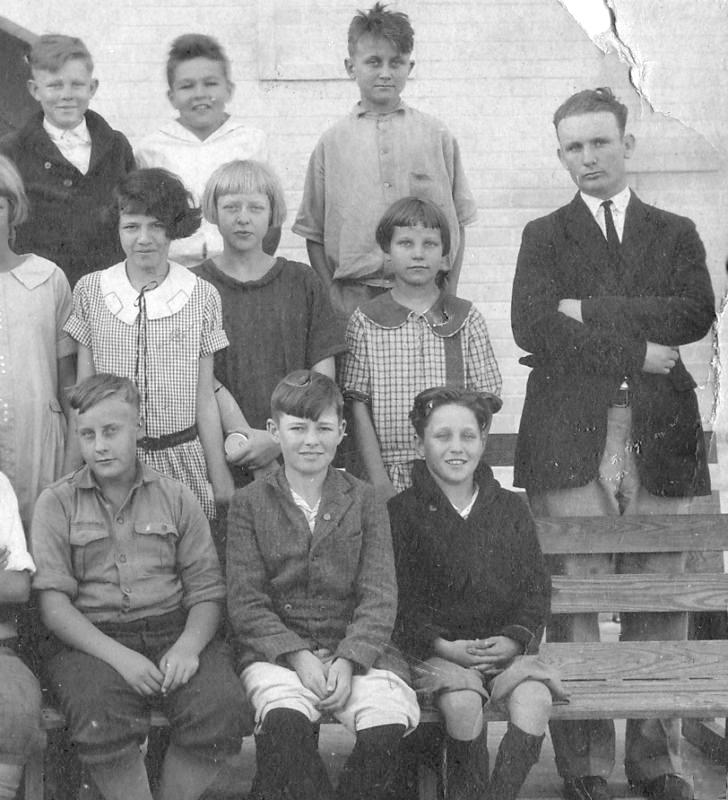
Figure 1.--Here wee see school chikdren, we think in the late-1920s. Knickers were still standard, but we see fewer suits. And children were beginning to switch from long stockings to knee socks. |

|
Boys commonly still wore suits to school in he early-20s, but by the late-30s this was much less common. Mothers generally bought nw school clothes at the beginning of the school year and these outfits were reserved for school. This might inclusde a new suit annd certainly new shirts and pants. The common school garment was probably corduroy knickers worn as part of suits ot with sweaters or just shirts. They were so common that school zone speed signs for decides showed a boy wearing knickers. Younger boys might wear short pants, but knickers were much more common, especially in the 1920s, but they were also very common in the 30s. Boys generally wore leather shoes to school. Here social class was a factor. Boys from low income families were the most likely to wear sneakers to school. There was a considerble difference beyween urban and rural schools. Many boys in rural schools wore overalls and short pants and knickers were less common.
here were changes in schoolwear in the 1920s. Some garments continued to be popular. Flat caps were very common. Many boys in secondary school wore suits and neckties. Norfolk and knicker suits were very common. More boys were wearing long pants, but knickers were still common for younger high school boys. Kneepants disappeared in the early 20s. Boys commonly wore knickers with long stockings. Boys in primary (grammar/elementary) schools began dressing more informally. Some younger boys wore short pants to school, but knickers were much more common. Boys at private schools tend to dress in suits, but few schools have uniforms. Bib-front overalls were very common at rural schools. Most boys wore leather shoes to school. Corduroy knickers are very common. We notice very few children wearing sneakers. Almost all of the girls wear dresses. It is common to see children at rural schools coming to school barefoot, especially in the South.
We see private school boys still wearing coats and ties, but this was no longer very common at public schools. Boys were dressing increasingly casually for school, especially by the end of the decade. Knickers were still quite common at the beginning of the decade, but much less so by the end. Some primary boys wore short pants, especially the younger boys. This varied a good bit regionally and by social class. Knee socks were becoming less common for boys. Overalls were still worn in fural areas. Almost all of the girls wear dresses, often will puffed sleeves. Some girls wears skirts with blouses that had puffed sleeves.. Some children still came to school barefoot.
Navigate the Boys' Historical Clothing Web Site:
[Return to the Main American inter-War Conventions /a>]
[Return to the Main American inter-War years chronology]
[Return to the Main U.S. early 20th century garment page]
[Return to the Main U.S. Country Page]
[Introduction]
[Activities]
[Biographies]
[Chronology]
[Clothing styles]
[Countries]
[Bibliographies]
[Contributions]
[FAQs]
[Glossaries]
[Images]
[Links]
[Registration]
[Tools]
[Boys' Clothing Home]
